Painting the Figure
I’ll just come right out and say it: People are discouragingly hard to draw and paint. You can sketch a landscape or a still life with room for error; if your trees lean, or your bowl rim burps, it’s not a big deal. But if you paint the figure, and one eye is higher, or the hands are too small, brace yourself for unease, and maybe some comments and corrections.
We unconsciously incorporate elements of our own likeness in every figurative portrait, because we can’t help but draw and paint what we know so well. In my case, I’m tall, so I elongate everyone, and it’s frustrating!
And then, when symmetry – the baseline for attractiveness – is off, it makes us squeamish to look at the art. Drawing eyes that look balanced and natural is a huge challenge. Our brains are wired to stare, try as we might to look away – at human disfigurement in real life.
So, when we see it in art, the reaction is visually magnetic (but not in a good way). How do we get more fluid and accurate at drawing the human form?
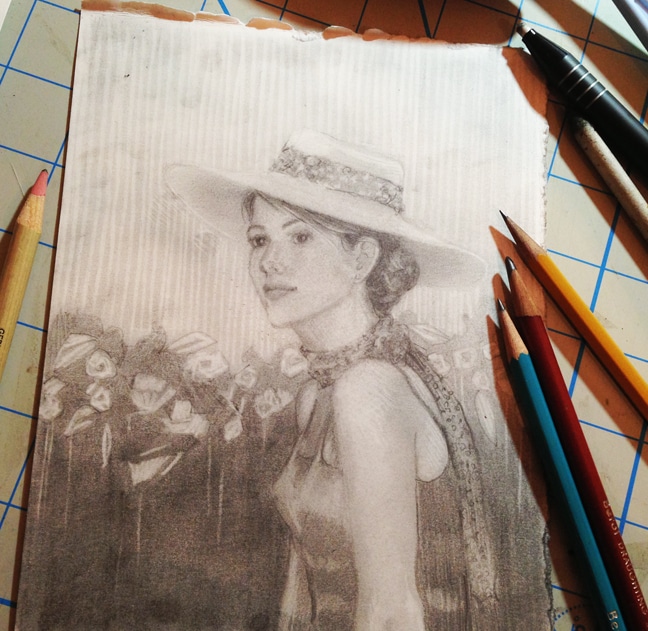
Familiarity = Scrutiny
This affinity for attractive human imagery has fueled advertising and the entertainment industry for hundreds of years. Painters throughout history who could render beautiful figurative drawings and paintings launched successful careers. Leonardo Da Vinci’s Mona Lisa still attracts 6 million viewers at the Louvre every. single. year. (!)
Our brains are hardwired to notice, and be captivated by the beauty of the human form. But drawing ourselves is *hard*. I’ve been looking at the gestures of my own hands for all these decades, and yet I struggle mightily to sketch them.
I’ve drawn self portraits – both from a mirror, and from photos – and the results are always the same. It’s me, looking back at myself, with a knowing little thought bubble that reads “You need to practice more often.”
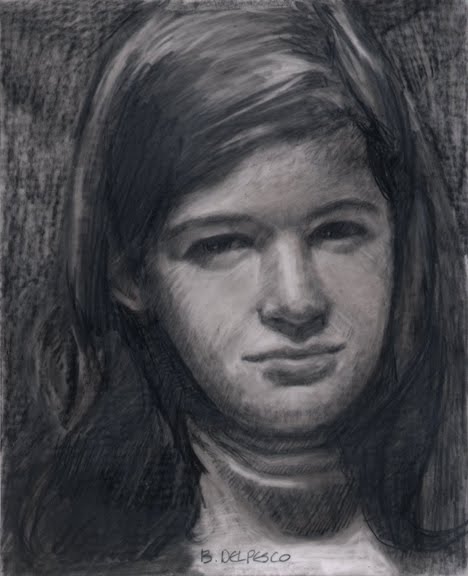
Helpful Figurative Art Links for You
If you’ve been thinking that a little figurative drawing and painting practice would be a wise investment of time (there’s a chorus of Yes in that notion), here are some links to help you get motivated.
- Oscar Nillson is a Swedish Archeologist and sculptor, and his skill at building character, expression and features from forensic remains excavated in ancient archeological digs is remarkable. Want to see the face of a teenage girl who lived 7000 years before Christ? Take a look at his amazing work.
- David Kassan is an extraordinary figurative artist, and I’ve been fortunate enough to take a workshop with him. After the workshop, I purchased his instructional DVD on drawing the figure, and it’s excellent. His latest instructional DVD is on painting the figure, and while I haven’t seen it (he paints in oil, and I paint in watercolor), I know it’s good, based on other artists’ chatter, and his previous work. It has 7 hours of instruction and demos… a whole workshop you can attend in your jammies, in one DVD. You can check it out here.
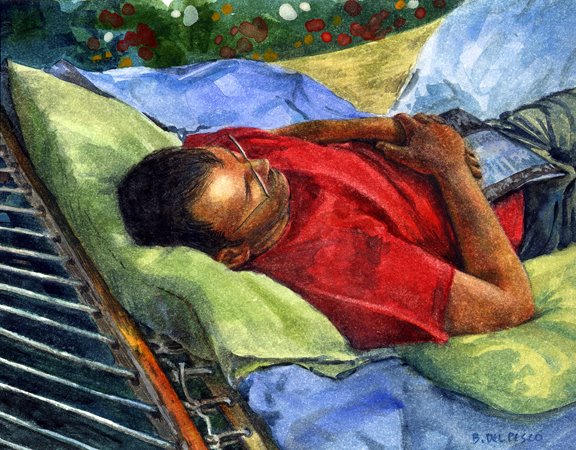
- If you live near Mount Vernon, Washington, you’re lucky to be in close proximity to a workshop on figurative pastel painting with the lovely artist Margaret Dyer later this month. I’ve followed Margaret’s work for years, and her use of color to render atmospheric, simply suggested, gorgeous figures is remarkable. Take a look at her work, and check out the workshop details.
- Robert Osti is an artist, a professor and a medical illustrator who teaches human anatomy for artists. He has published a book on the subject too (see it here), and his anatomy for artists online class gets rave reviews (check that out here) You can sign up for the online course, and take it at your leisure.
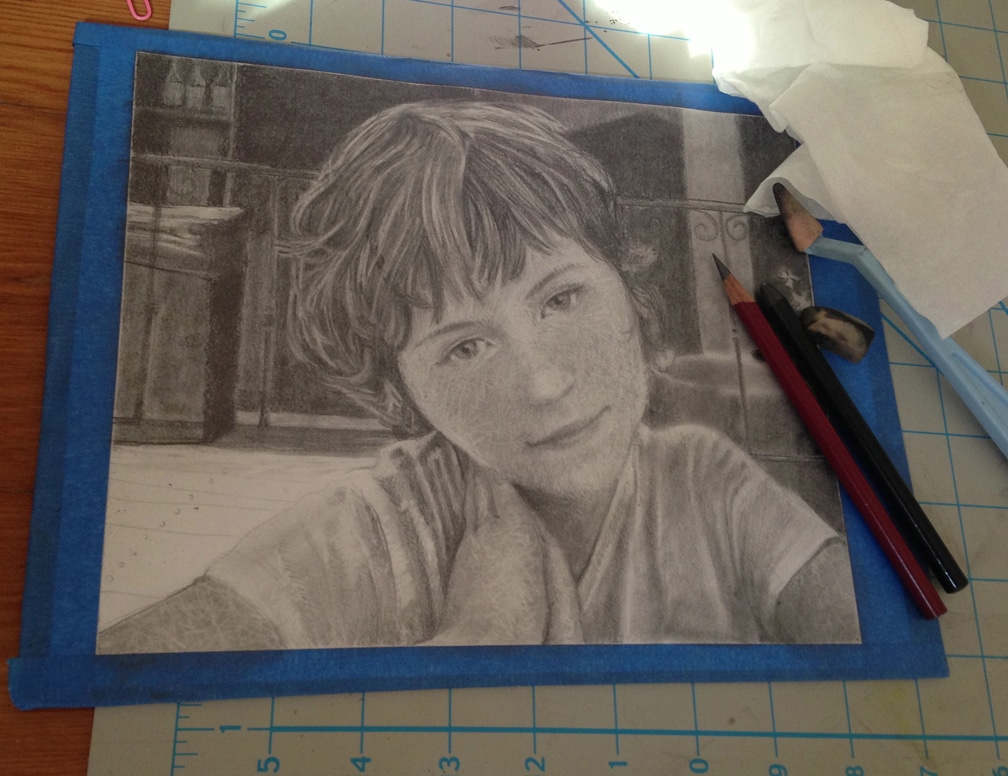
Figurative Watercolor Inspiration
Here are some other figurative artists working in watercolor to get you inspired: Ali Cavanaugh, Nick Alm, Rajkumar Sthabathy, Reina Yamada, Nicolas Uribe, Arty Kona, Chris Hong

Contour Drawing to the Rescue
I love adding figures to my watercolor and printmaking, and I know I need to practice more. A painter I respect and admire stopped in my booth at an art festival and suggested I try to ramp up my figurative skills. He wasn’t being mean; it’s true. His suggestion was couched in a compliment that my colors, composition and subjects seemed alright, but my weak link is the face and figure.
The only way to get better at that is to draw more. I could groan and wonder where to find the time, but life is short, so I’ve made a plan. I’m contour drawing almost every day – even if it’s only for a few minutes – in a cheap, unlined notebook (like this). I’ve tucked one in my car, one by my bed, one near the couch and one at the breakfast bar.
Really, try it! A fast little contour drawing makes you slow down for 5-7 minutes to look, and draw. The results aren’t for anyone to see – this is practice, and it’s only for you.
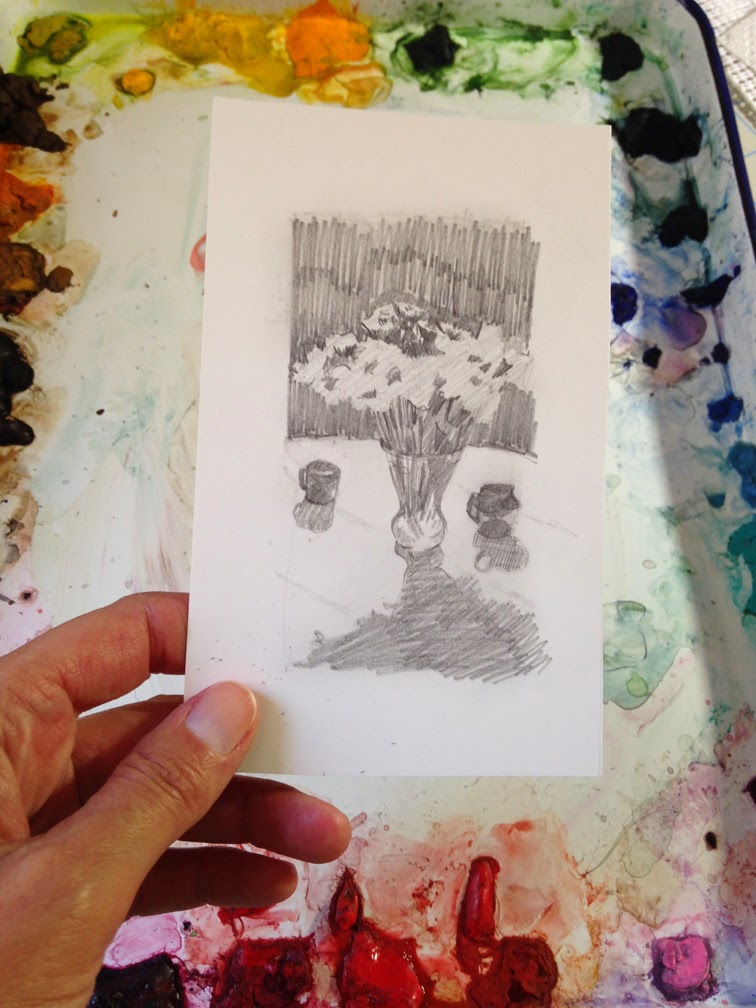
Pump Up Your Notice Muscles
Will you join me and do the same thing? Whatever is in front of us is fair game for a contour sketch. Rooms, coffee mugs, people, shorelines, faces on magazine covers, etc. I’m pumping up my notice-muscles, and that sharp-eyed skill is essential when drawing the human form. What are you working on?
Thanks for stopping by, and I’ll see you in the next post –
Belinda
P.S. You can subscribe to get each new post via email right here.
P.P.S. My online course to get your art titling game flying is on sale (24% off) for a few more days over here.
Art Quote
You must verbalize in line and paint what you are seeing. Your personal vision can be lost if you concentrate too much on technique. The beauty of a sketchbook is that it is portable and private. You can take it anywhere, and you don’t have to worry about anyone seeing it. You can focus on the process, rather that the finished product, which in the long run, will get you closer to where you want to be.
Charles Reid

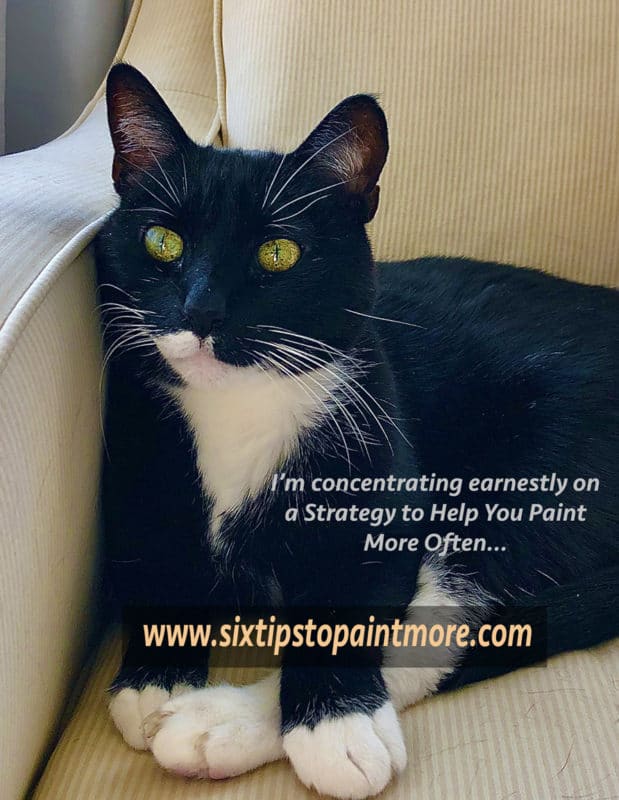
Great post Belinda!
Thanks, Kim! I thought the forensic piece was amazing too! Can you imagine assembling/building all that detail? Wow!
On the other hand, *perfectly* symmetrical human faces are sometimes more than a little creepy.
https://www.google.com/search?q=symmetric+faces+creepy&tbm=isch
Hah! I’ll give you that one, for sure! I’ve seen a couple of those comparisons, and I can’t help but wonder if the mirrored-right and mirrored-left “creep factor” has more to do with slight anomalies on where they made the break, and whether the faces were truly centered/forward to start. But I’m a card-carrying member of a lopsided face, so I know *my* mirror-left & right would be fully creepy. 🙂